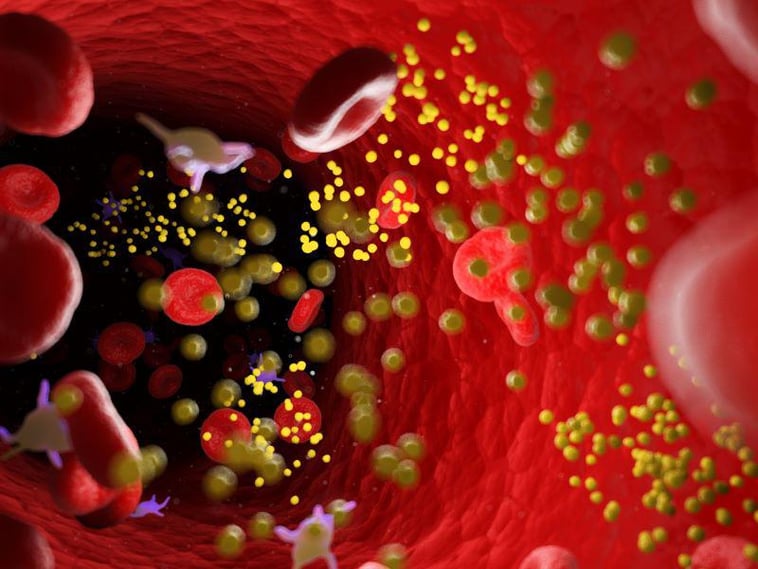ACC: Treat-to-Target LDL-C Strategy Noninferior to High-Intensity Statins

TUESDAY, March 7, 2023 (HealthDay News) -- For patients with coronary artery disease, a treat-to-target low-density lipoprotein cholesterol (LDL-C) strategy is noninferior to high-intensity statin therapy, according to a study published online March 6 in the Journal of the American Medical Association to coincide with the annual meeting of the American College of Cardiology, held from March 4 to 6 in New Orleans.
Sung-Jin Hong, M.D., from the Yonsei University College of Medicine in Seoul, South Korea, and colleagues examined whether a treat-to-target strategy is noninferior to a strategy of high-intensity statins for long-term outcomes among patients with coronary artery disease from 12 centers. Participants were randomly assigned to receive the treat-to-target strategy, with a target LDL-C level between 50 and 70 mg/dL or high-intensity statin treatment of 20 mg rosuvastatin or 40 mg atorvastatin.
A total of 4,400 patients were enrolled (2,200 in the treat-to-target group, with 6,449 person-years of follow-up). The researchers found that moderate-intensity and high-intensity dosing were used in 43 and 54 percent of patients in the treat-to-target group. The mean LDL-C level for three years was 69.1 and 68.4 mg/dL in the treat-to-target and high-intensity statin groups, respectively. The primary end point (three-year composite of death, myocardial infarction, stroke, or coronary revascularization with a noninferiority margin of 3.0 percentage points) occurred in 8.1 and 8.7 percent of patients in the treat-to-target and high-intensity statin groups, respectively.
"These findings provide additional evidence supporting the suitability of a treat-to-target strategy that may allow a tailored approach with consideration for individual variability in drug response to statin therapy," the authors write.
One author disclosed financial ties to the pharmaceutical and medical device industries.
Related Posts
Las cesáreas no aumentan las probabilidades de alergias alimentarias del bebé
LUNES, 23 de mayo de 2022 (HealthDay News) -- Los bebés que nacen por cesárea no...
La pandemia ha sido devastadora para la salud mental de los estadounidenses discapacitados
MARTES, 8 de febrero de 2022 (HealthDay News) -- La soledad, el aislamiento y el...
Factors Associated With Prevalence of Multiple Sclerosis Explored
THURSDAY, Aug. 25, 2022 (HealthDay News) -- Variations in the prevalence of...
AAOS: Risk Factors Examined for Hip/Knee Osteoarthritis Among Runners
TUESDAY, March 14, 2023 (HealthDay News) -- For runners, risk factors for hip...
